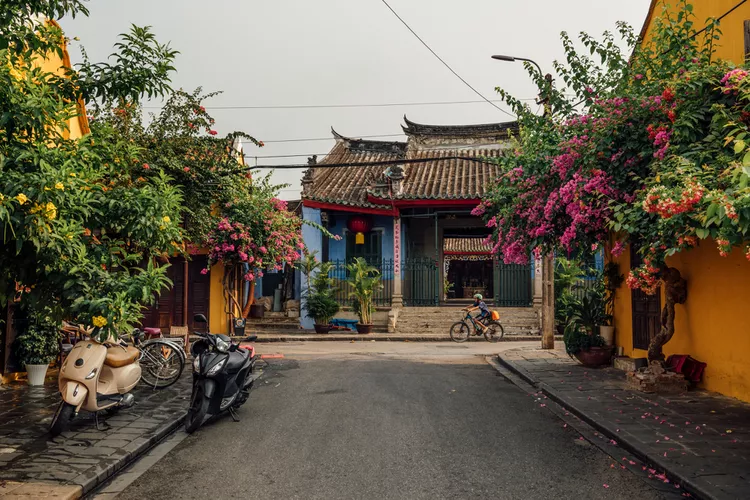Nestled on the central coast of Vietnam, Hoi An is a city that enchants visitors with its rich history, diverse architecture, and culinary delights. Designated as a UNESCO World Heritage site, Hoi An captivates travelers with its well-preserved trading port and the array of architectural styles that reflect its vibrant past.

A Culinary Haven for Food Enthusiasts
When it comes to food, Hoi An does not disappoint. The city is a paradise for foodies, offering a plethora of local dishes that tantalize the taste buds. Among the must-try culinary delights are bánh mì, a Vietnamese sandwich known for its crispy baguette and flavorful fillings, and cao lầu, a unique noodle dish made with pork, greens, and local herbs. Both dishes offer a sensory journey into the heart of Vietnamese cuisine.
A Journey Through Time
Hoi An’s charm extends beyond its food to its historical significance. The city’s architecture is a testament to the various cultural influences that have shaped its history. From Chinese temples and Japanese merchant houses to French colonial buildings, the architectural styles in Hoi An provide a fascinating glimpse into the past. The city’s preservation efforts have maintained these historical structures, allowing visitors to step back in time and explore a bygone era.
Getting to Hoi An
Traveling to Hoi An is relatively straightforward. The nearest major airport is Da Nang International Airport, about 30 kilometers away. From there, travelers can easily take a bus or car to reach Hoi An. The convenient accessibility makes Hoi An an ideal destination for anyone looking to immerse themselves in Vietnam’s cultural heritage and culinary wonders.
